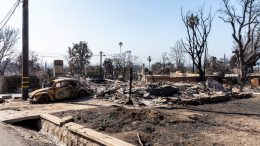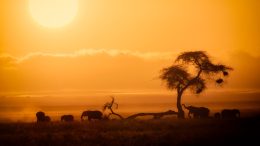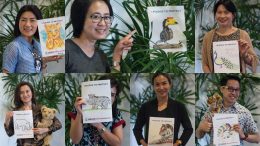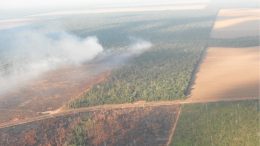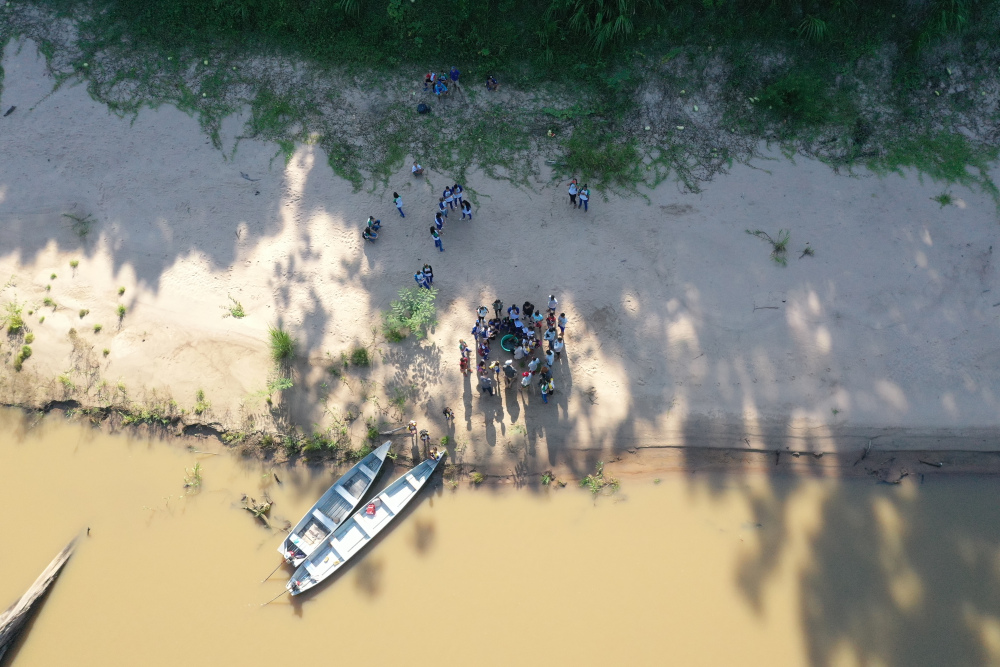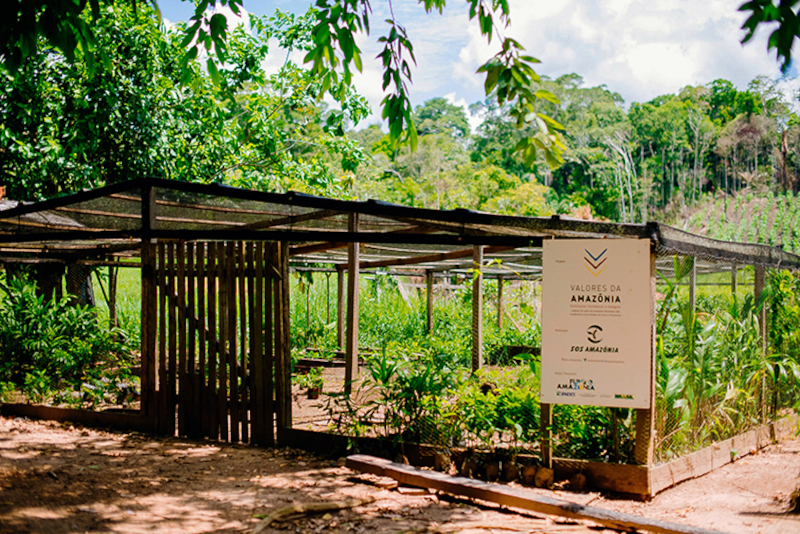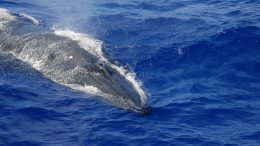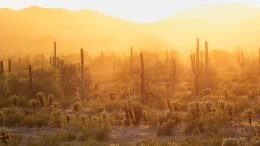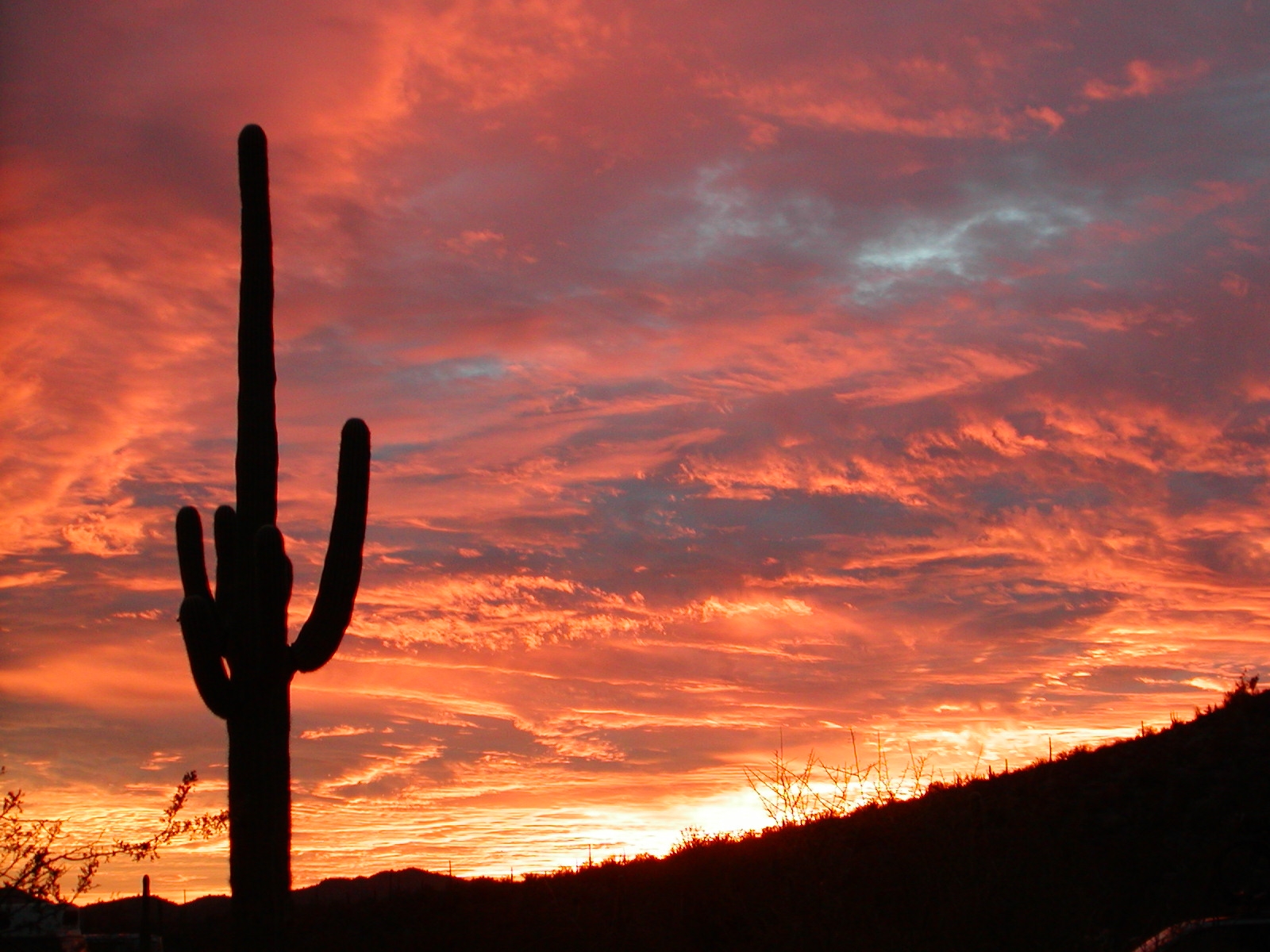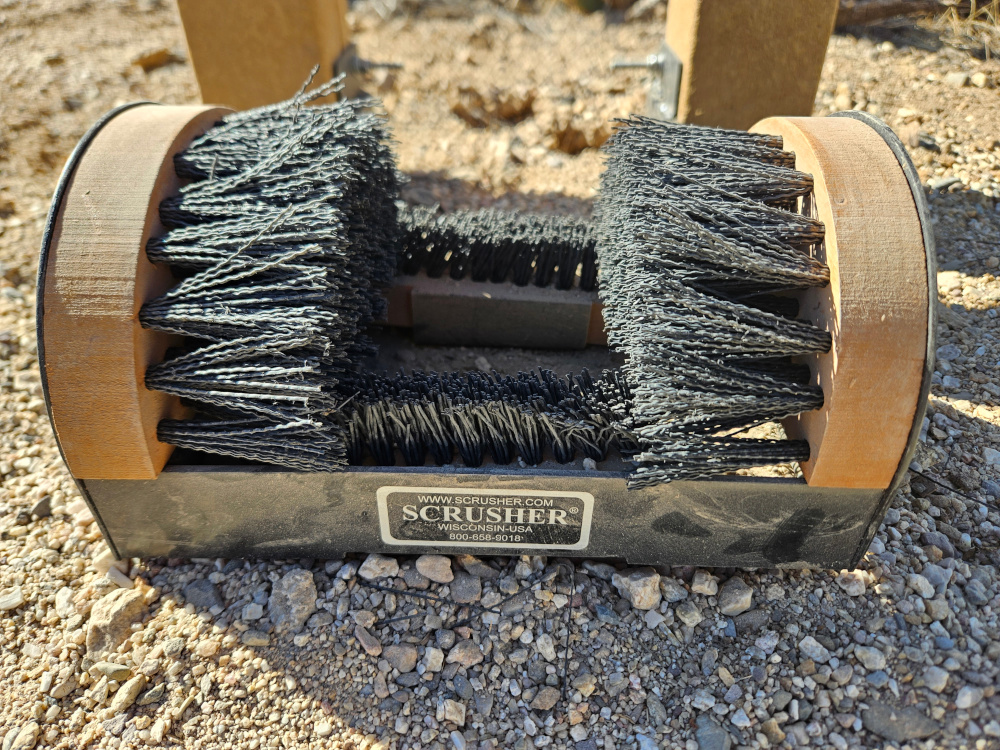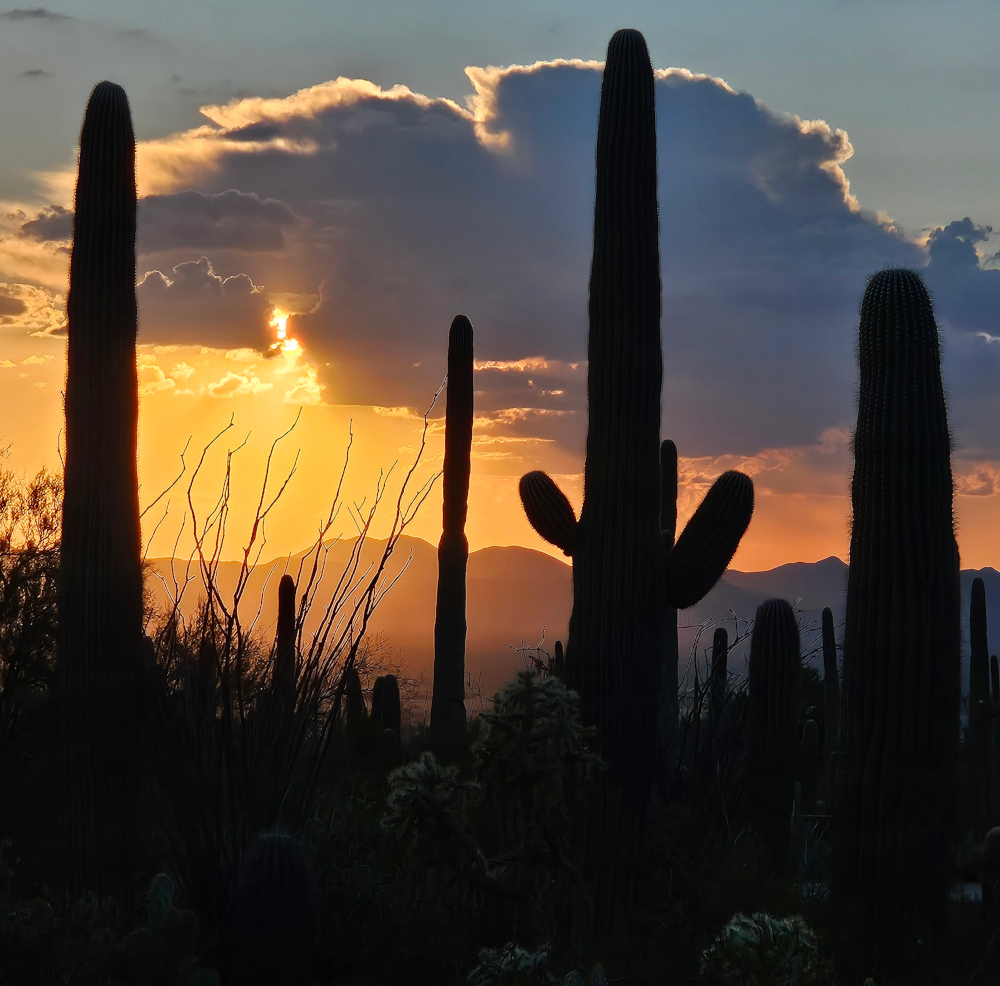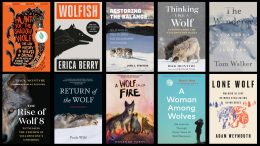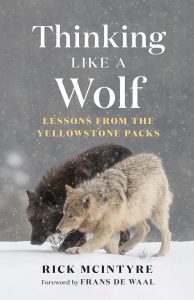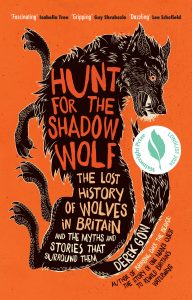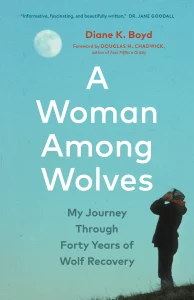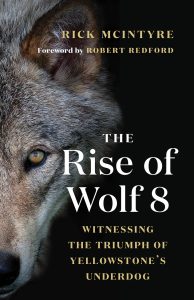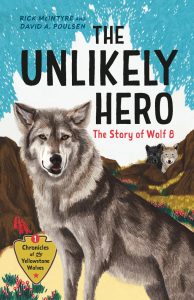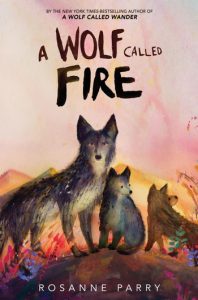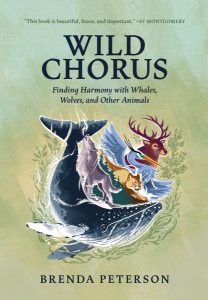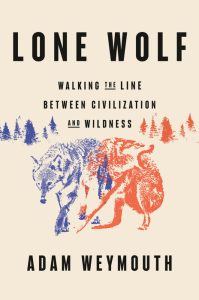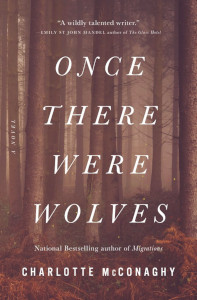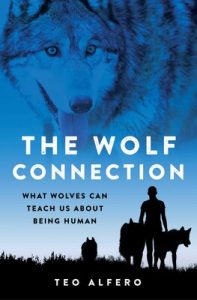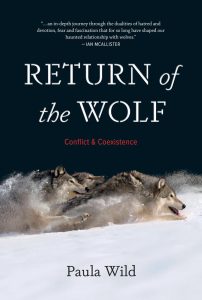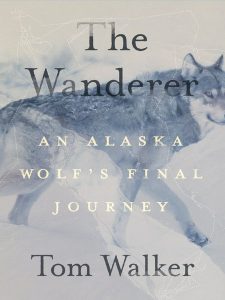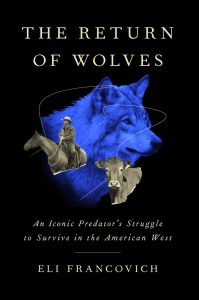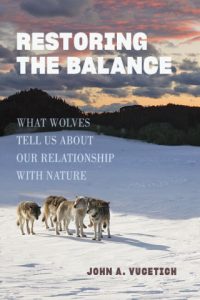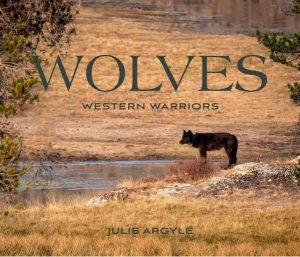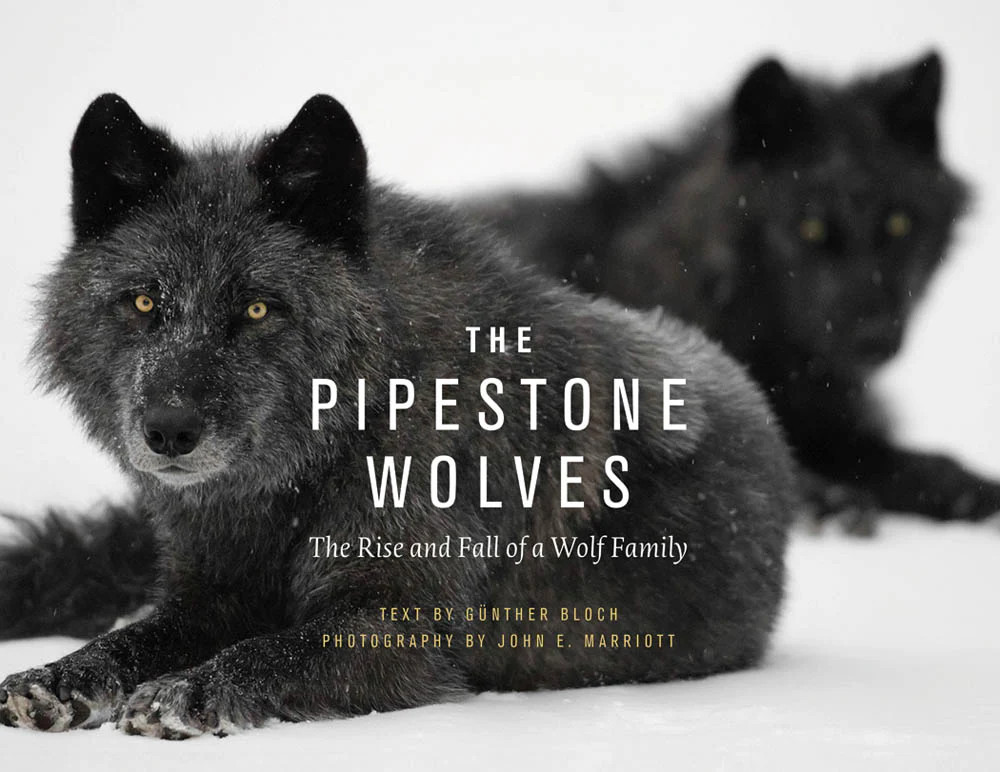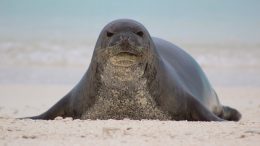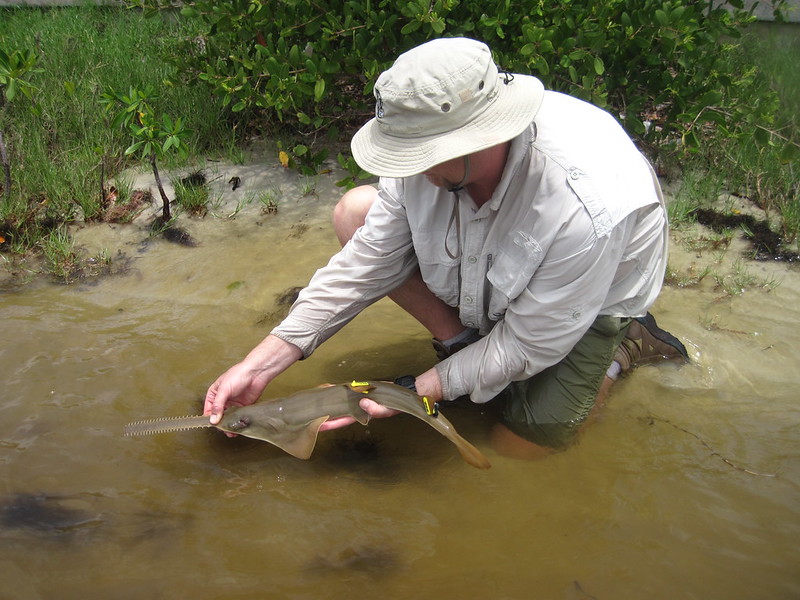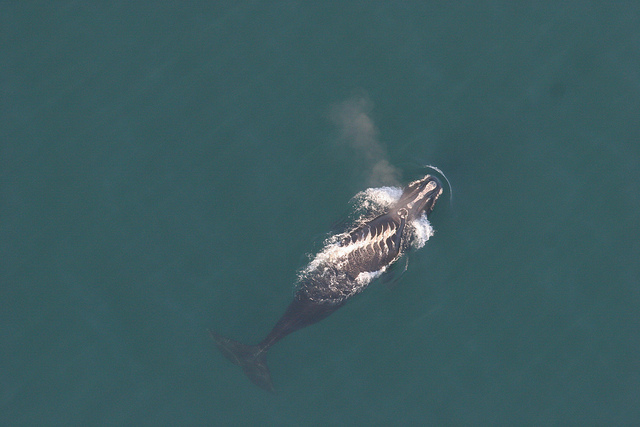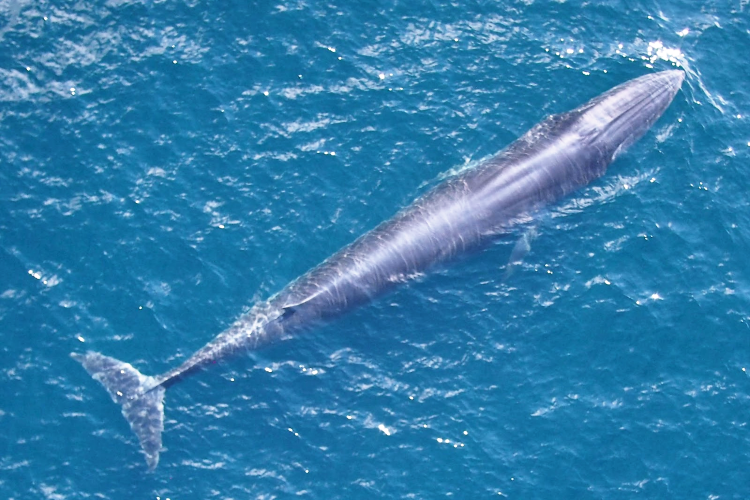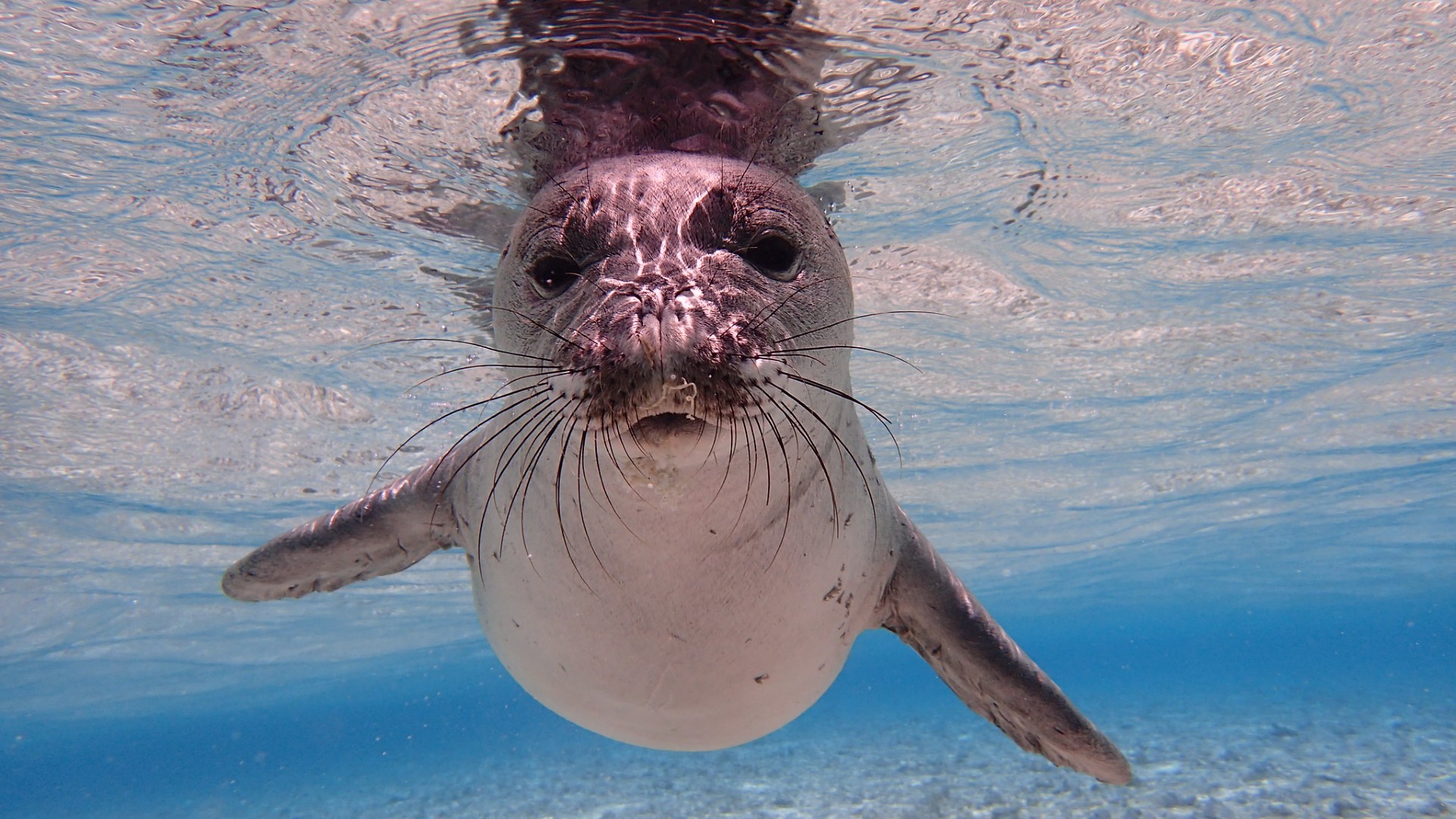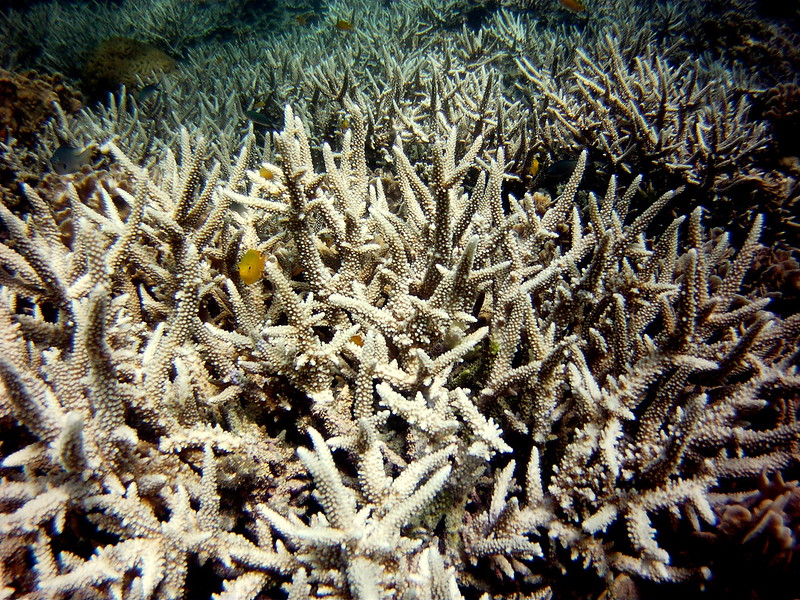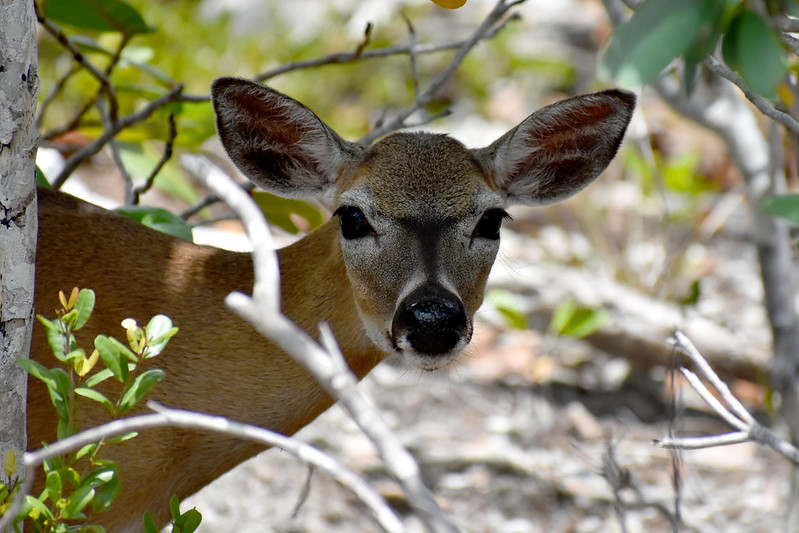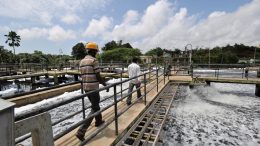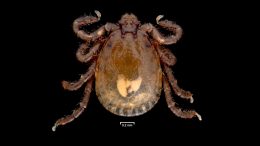In October 2020, as the Bobcat Fire threatened to scale the San Gabriel Mountains and descend into Pasadena, my family and I packed our essentials and temporarily relocated with loved ones across the country in Ohio. The fire wasn’t just a natural disaster; it was a symptom of larger systemic failures. Between the fire, terrible air quality, and the ongoing COVID pandemic, my wife and I felt the acute fragility of our situation as we sheltered in the Midwest with our 7-month-old daughter, who is now 5 years old.
That evacuation marked a turning point for me. Instead of pursuing a tenure-track academic job immediately after earning my doctorate, I joined the CalEarth Institute’s Long-Term Apprenticeship Program to learn and teach others how to build SuperAdobe homes, structures designed to withstand the realities of fire, floods, earthquakes, and the broader polycrisis of climate collapse.
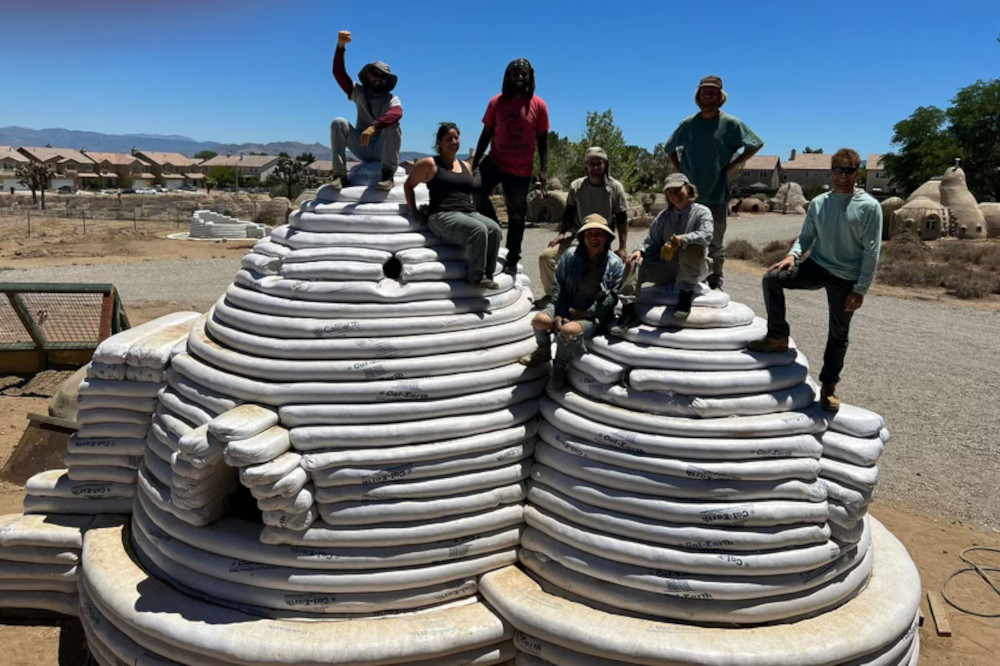
My work in Apocalyptic Education, an educational collective advocating for communal sustainability and self-determination, deepened my understanding of how communities survive and adapt to catastrophe. Rooted in the African diaspora’s long history of enduring repeated world-ending crises, Apocalyptic Education actively learns from and applies these proven strategies, alongside those of other Indigenous communities, to meet the intensifying challenges of our time. My grounding in this collective gave me a framework for understanding the fires as an emergent opportunity to re-indigenize how we live amid intense challenges.
The fires raging through California are not new phenomena, but they’ve become catastrophically unmanageable. Los Angeles has experienced fire seasons for thousands of years, managed by Indigenous nations through cultural burns and sustainable fire stewardship. These practices were systematically and violently dismantled by U.S. and California state policies beginning in the mid-1800s. Combined with worsening climate collapse and decades of corporate-fueled ecological destruction, today’s fire seasons have become deadlier and more widespread.
For Black, Indigenous, Latinx, and other communities of color, the cascading negative impacts of these disasters are disproportionately severe. Altadena, a historically Black community north of Pasadena, has faced devastating losses from wildfires. Entire blocks have been reduced to rubble, displacing Black families who once defied national trends with an 81% homeownership rate in the area. The compounded grief of displacement and destruction, unfolding alongside these new realities, reflects the enduring legacy of systemic racism intertwined with climate collapse.
Policies like redlining created conditions where communities of color were forced to live in areas with higher environmental vulnerabilities, while being deprived of investments in resilient infrastructure. In Los Angeles, the planned lack of shade, exposure to drought, and extreme heat in many of these neighborhoods today are direct consequences of these inequities.
This history of exclusion from resilient infrastructure is compounded by the materials commonly used in home construction today. Far too many dwellings throughout Southern California were constructed using problematic materials, such as synthetic insulation, vinyl siding, and asphalt shingles, chosen for their affordability and ease of construction. But these materials are highly flammable, exacerbating the risk of destruction during fires.
Some estimates suggest building with wildfire-resistant materials and design can add up to $27,000 to the cost of already overpriced homes in Southern California.
However, sustainable building structures built from earthen materials offer a much more affordable alternative. They provide resilience against California’s worsening fire seasons and are emblematic of a broader shift toward environmentally sustainable construction.
Many of these structures are a modern adaptation of ancient building practices. Earthen-based structures may include the use of rammed earth, sandbags, and barbed wire to create homes that are fireproof, environmentally sustainable, and cost-effective. SuperAdobe, for example, according to a 2018 study, also provides high thermal mass that improves energy efficiency and protects against extreme heat while being durable enough to withstand natural catastrophes like floods, hurricanes, and earthquakes.
In the summer of 2022, I joined a team of seven other apprentices to construct a single-family SuperAdobe dome (including a 11-foot main dome with an 8-foot add-on/apse) over the span of just 17 workdays. The total cost for a fully functional dwelling (excluding labor) is just around $25,000.

That experience transformed how I imagined resilience and sustainability for communities like Altadena. I envisioned neighborhoods of these domes, standing strong against the fires, droughts, and earthquakes that are becoming increasingly common.
However, widespread adoption of earthen homes faces significant barriers, including regulatory challenges, limited funding, and resistance from conventional housing industries. For example, while some of the building systems are approved by the International Code Council, the standards organization that creates the International Building Code used throughout the United States, additional engineering is often required for California projects, and further efforts are underway to include SuperAdobe in the International Residential Code.
These changes would make these types of technology more accessible regionally, but the process is costly and requires significant collaboration and support from public policy and varied stakeholders invested in creating resilient communities.
Still, I am one of countless Earthen builders who continue to hold this vision. I’ve watched as the fires in California destroy not just homes but entire lives. The daycare my children once attended somehow still stands amid rubble, and the home we fled in Pasadena came dangerously close to burning down. Yet on a decimated block in Altadena, a single structure remains intact: a SuperAdobe dome, built by visual artist James Séamus Knight.
View this post on Instagram
Lone domes and earthen structures surviving fire are not just isolated outcomes. They highlight the inspiring potential of re-indigenizing our dwellings in alignment with the land we live on. Imagine a neighborhood where every home is designed to withstand the specific disasters associated with their geographies, fundamentally transforming recovery efforts and demonstrating that a resilient future is not yet out of reach.
If we can transform our homes in a way that’s in “right relation” to Southern California ecology, it’s an important step toward creating more sustainable neighborhoods, towns, and cities.
The families and communities affected by the fires of today and future calamities are demanding more than temporary fixes or increased precarity due gentrification to disaster capitalism. There must be a fundamental shift in how we approach housing and infrastructure in the face of ecological collapse. In my work on my own campus, I maintain a somber urgency to explore how Apocalyptic Education can help us confront the complexities of disaster preparedness and safe, affordable housing. This is premised on the notion that through interdisciplinary approaches, we can foster solutions that honor the past while equipping communities for the challenges ahead.
As impacted families and mutual aid networks continue to navigate the daunting terrain left in the wake of devastation across these communities, Southern California has the opportunity to lead — not by reinvesting in unsustainable and inequitable systems, but by embracing community-led, adaptation-focused, and land-honoring approaches to rebuilding homes and resilience.
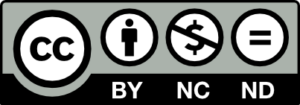
Previously in The Revelator:
‘Like a Phoenix,’ A New Forest Emerges From the Destruction in Ukraine

